Perugia is not just a city, but a rare beauty that preserves some of the most appreciated artistic and monumental treasures of our Peninsula. Its appearance is reminiscent of a small fortified medieval village, but its soul reveals its cheerful and youthful character made of full and satisfying nightlife.

Symbol of medieval Perugia, the Fontana Maggiore, built between 1275 and 1278, stands in the center of Piazza IV Novembre. The artists who designed it, Nicola and Giovanni Pisano, wanted the fountain to be built on a circular staircase consisting of two basins of pink and white stone, surmounted by a bronze basin. From its end there are three water lilies from which water flows. The upper basin has statues depicting characters related to the mythical foundation of the city; while the lower basin is decorated with fifty panels depicting the calendar of agricultural work, some biblical, historical and mythological episodes, the two symbols of the city (the griffin), the Guelph party (the lion) and the empire (the eagle).
San Lorenzo is one of the patron saints of the city. Although the works for the construction of the cathedral dedicated to him began in 1345 and ended in 1490, both the side and the main side remained incomplete. The interior has three naves of equal height, divided by mighty pillars. The Cathedral of San Lorenzo has been a place of pilgrimage for centuries because in the Chapel of the Holy Ring is preserved the Ring that belonged to the Madonna: A green stone of chalcedony or onyx. The ring is protected by the Reliquary of the Holy Ring which unfortunately opens only twice a year (July and September) to give the opportunity to admire the ring. In the cloister of the Cathedral there is the Capitular Museum consisting of 25 rooms that house works from the cathedral itself and from the churches of the diocese. From the Museum you can also access the archaeological area of the Cathedral where you can see the different stratifications of the Etruscan, Roman, Late Antique and Medieval city.
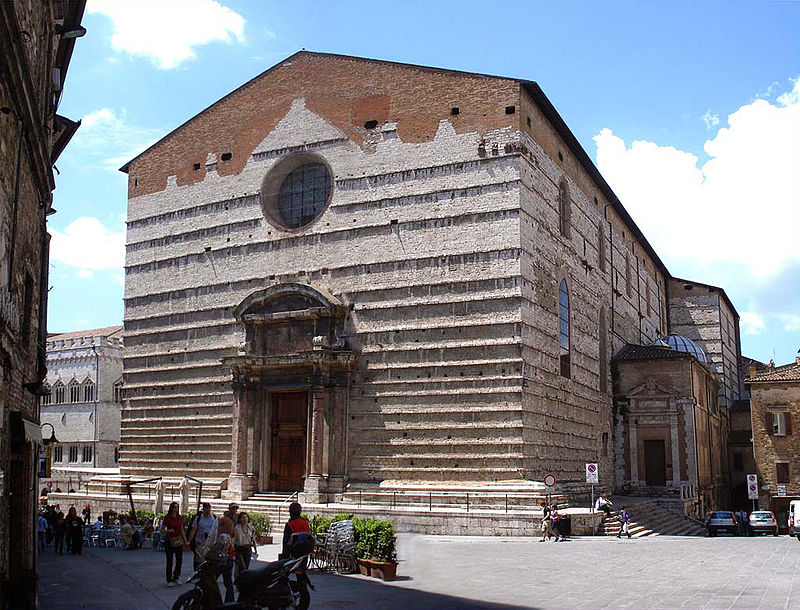
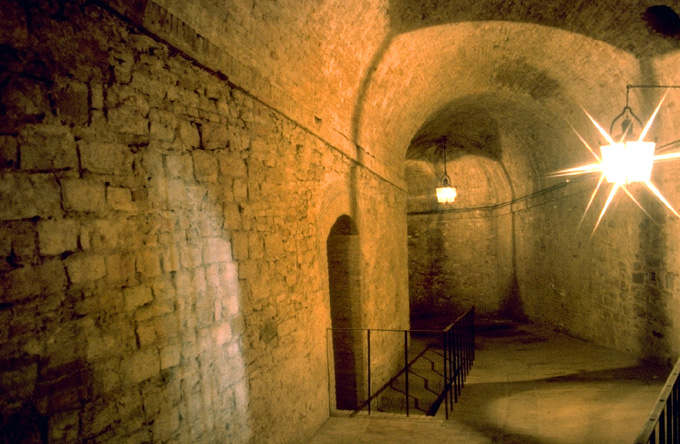
From the cloister of the Cathedral you can access Perugia Underground, or the acropolis that for millennia has always housed the city space dedicated to the cult of the divinities. Where the Cathedral is located, in fact, the Etruscans created a temple already around the sixth century BC.
Of extraordinary beauty are the Roman road, perfectly preserved, with still visible the signs left by the wheels of the wagons and a domus of Roman times of which remains the inner courtyard (impluvium) and the floor of one of the rooms. Still visible are the signs of the fire that destroyed Perugia in 40 BC.
Located on the top floor of the Palazzo dei Priori, along Corso Vannucci, the Galleria Nazionale dell’Umbria houses one of the richest artistic heritages in the entire region. The works cover a period ranging from the thirteenth to the nineteenth century and are organized following a chronological order. The Galleria has a limited space to present all the works of art and that is why it is possible to see them all with a short visit. Among the many it is possible to admire the madonnas and polyptychs of Florentine and Sienese painting of the 1400s, masterpieces of the Renaissance and unique pieces of Umbrian goldsmithing such as the works of Duccio di Buoninsegna, Piero della Francesca, Beato Angelico, Pinturicchio and Perugino.
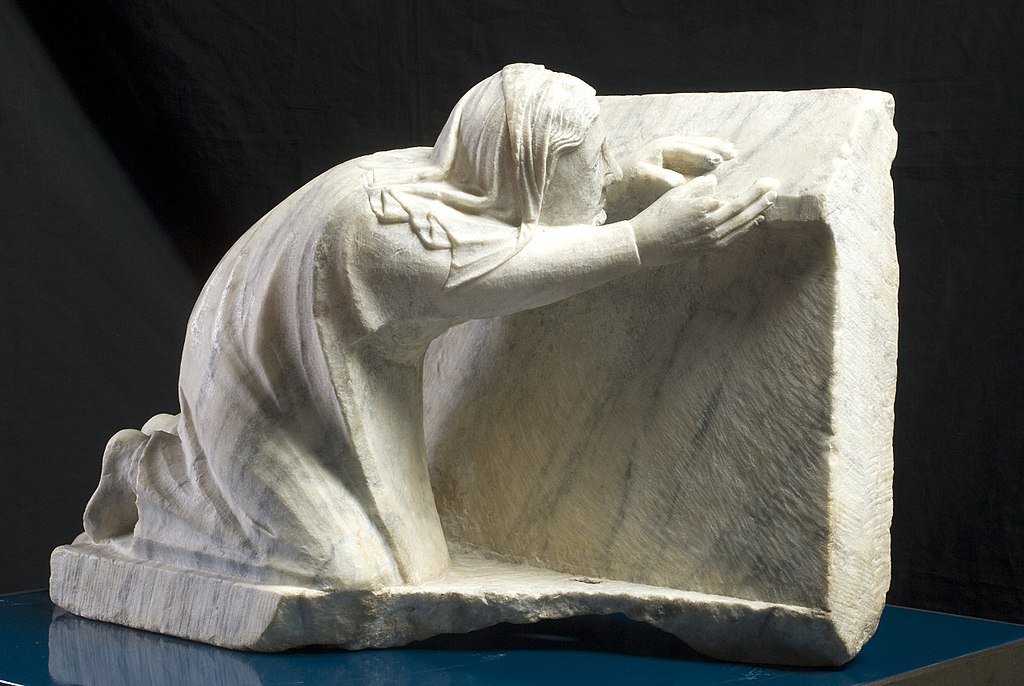
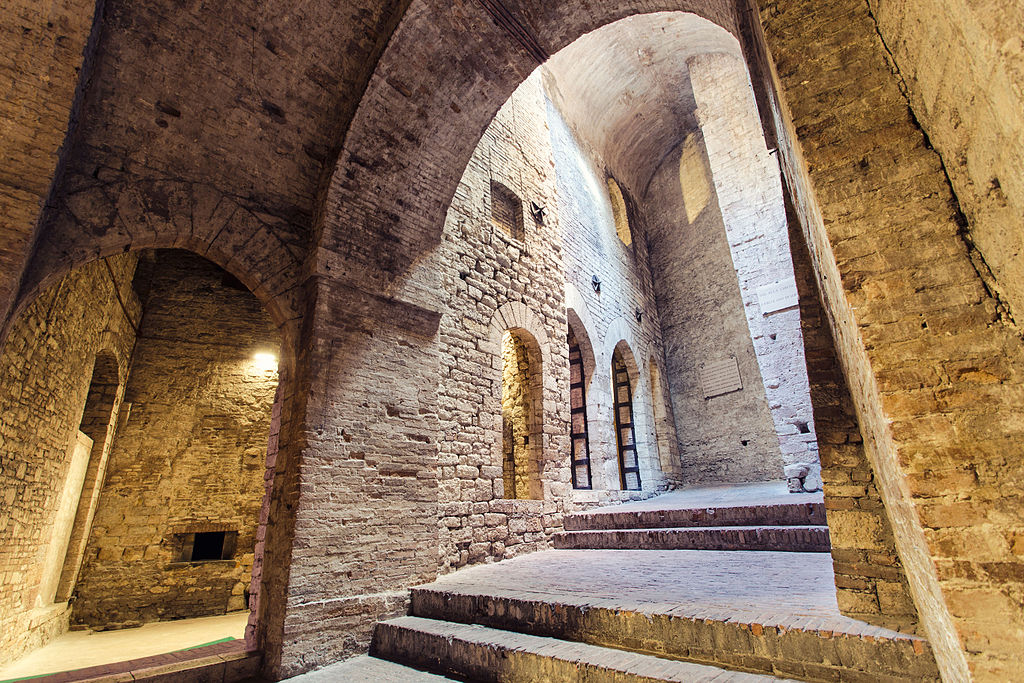
The Rocca Paolina is an ancient fortress commissioned by Pope Paul III and built by Antonio da Sangallo il Giovane. The Pope’s intent was to make the city safe and to create an efficient refuge as Castel Sant’Angelo had been. For its construction, however, it became indispensable the destruction of more than a hundred houses but also monasteries and churches, especially owned by the Baglioni family hated by the Pope. The fortress was a symbol of papal authority until 1860, when it was demolished following the annexation to the Kingdom of Italy. For this reason today it is possible to see only a part of the retaining walls and the bastion that incorporates Porta Marzia. The most suggestive part to visit remains the underground one which can be accessed from the escalators of the Piazza Partigiani parking lot. In this unique scenery there are shops, boutiques, bookshops and cultural events are often organized.
Belonged to the Corbello family, the Etruscan Well is a great hydraulic work that testifies to the technical knowledge of the populations of Perugia already 300 years before Christ. The Well has a depth of 37 meters and over 5 meters in diameter: a huge construction that served in the past as a water reservoir. Today it is passable thanks to the stairs that go down to the deepest point of the well.
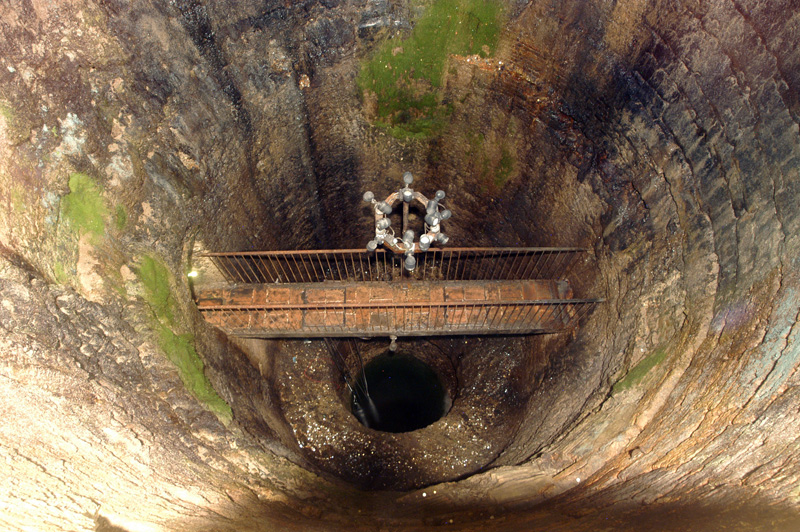
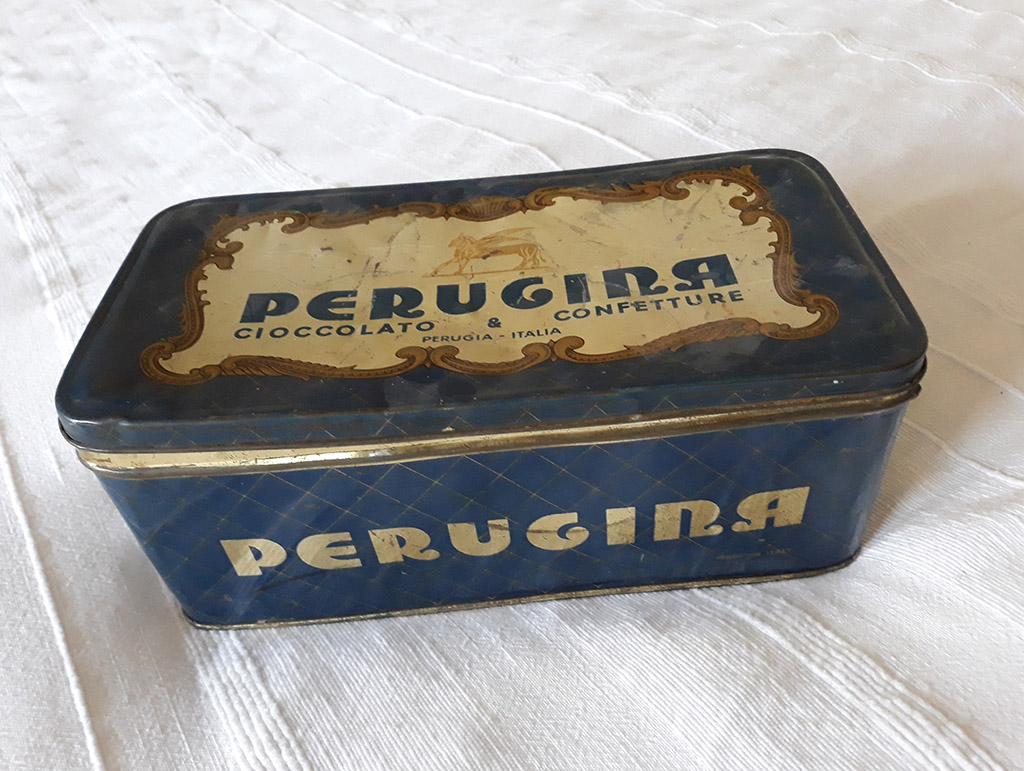
The Perugina factory is located just outside the historic center. Visiting it you can discover the history of the company and observe the production of Baci and other chocolate products. The tour is divided into three parts: it starts with the Museo Storico Perugina and then continues in the Galleria museale where you can admire images, wrappers, packaging and films. Finally, you can not miss the tasting of Perugina products taken directly from the production chain. At the end of the visit you can access the Perugina Shop with its wide range of proposals.
The hypogeum of Volumni, the oldest and most preserved funerary monument of the Etruscan era. The tomb of the third century BC, discovered in 1840, is part of the vast necropolis, called “Palazzone” a necropolis with more than 200 tombs of which only a part can be visited. The hypogeum takes its name from the Volumni, a rich and noble Etruscan family, whose remains are preserved in the funerary monument. The beauty of the building lies in its characteristic Etruscan-Roman house shape consisting of an atrium and seven rooms.
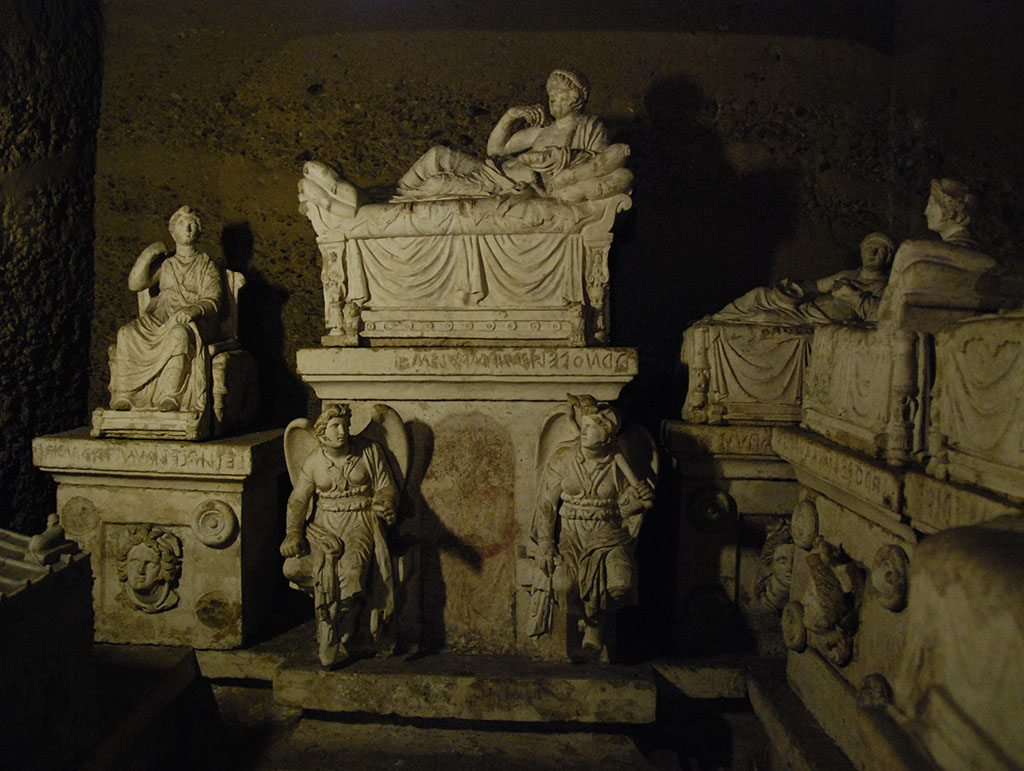
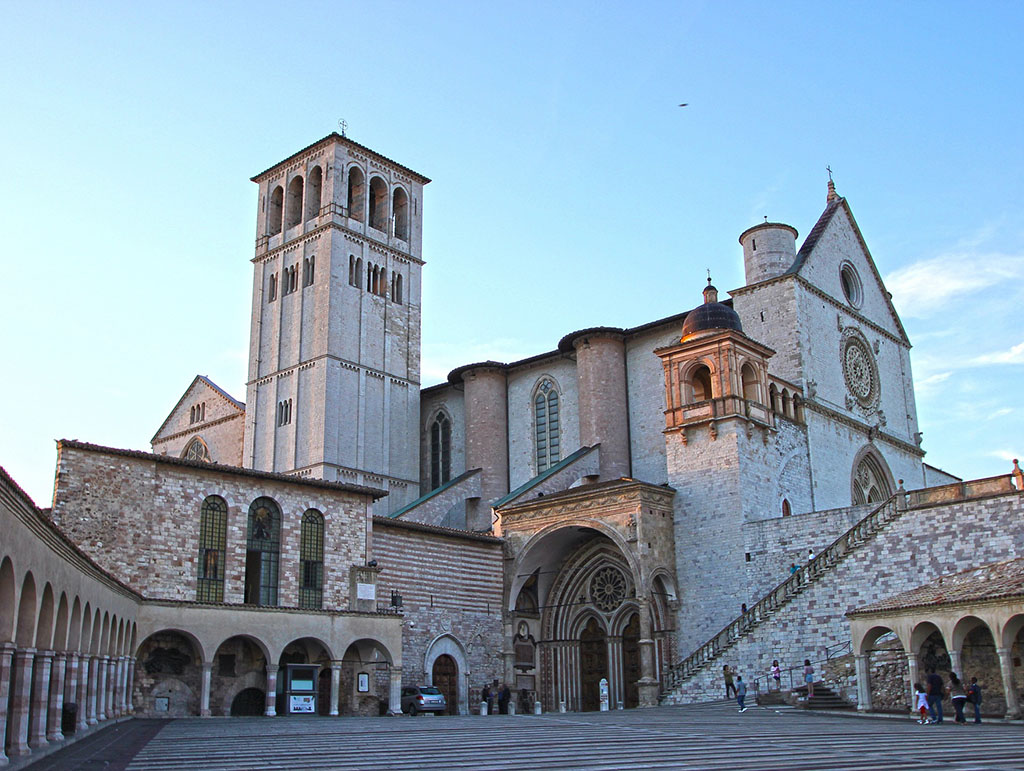
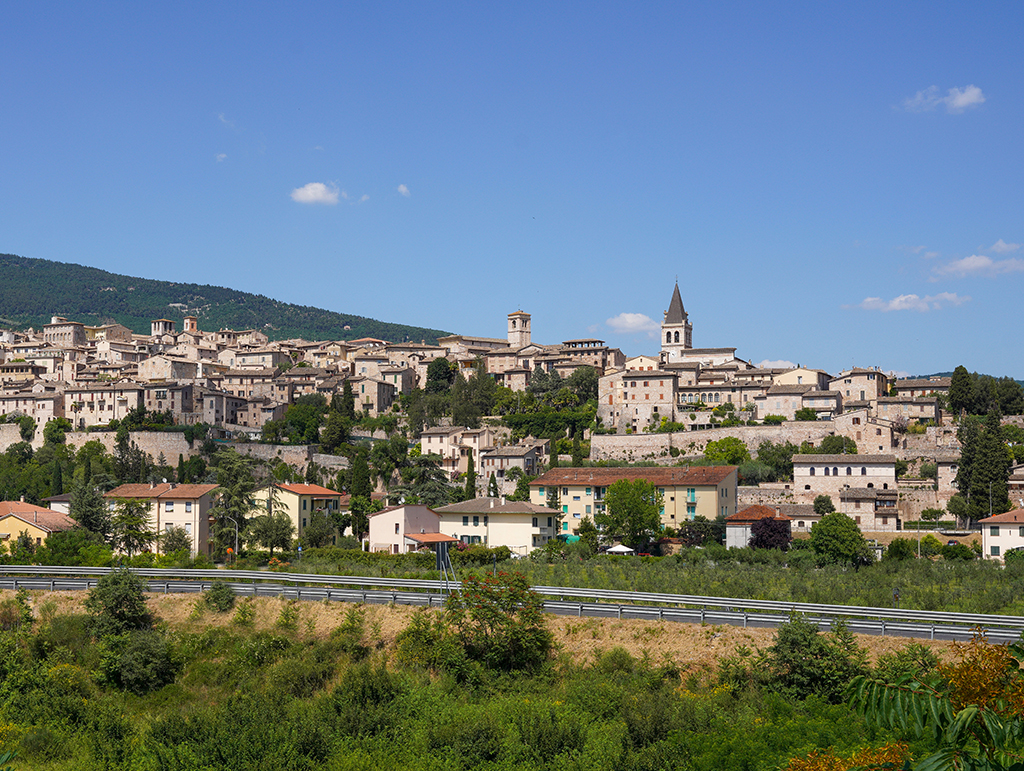
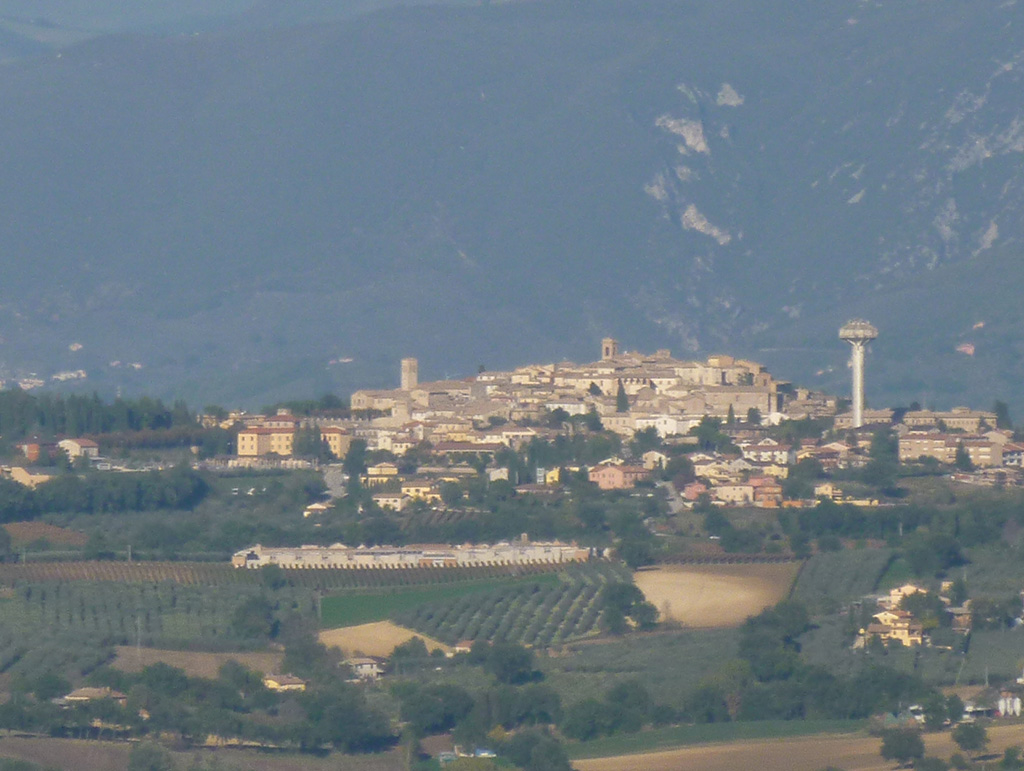
Umbria is a magnificent region of which Perugia is the center, but also its surroundings are beauties to visit at least once in a lifetime. Let’s start from Assisi whose beating heart are the places of San Francesco where you can admire the masterpieces of Giotto and Simone Martini, the Pinacoteca Civica, the Tempio della Minerva and the scenic Piazza del Comune. It is impossible not to mention Gubbio which over the years has preserved its medieval appearance as well as Perugia. The town, in fact, has five parallel streets connected to each other through steps, alleys and stairs. If you are fascinated by the villages you can not miss Spello with its best preserved Roman walls in Italy, Montefalco home of Sagrantino and Bevagna with its extraordinary square, medieval palaces and craft shops. Last, but not least, Monte Castello di Vibo of which we recommend a visit to the smallest theater in Europe, a jewel unknown to many that deserves to be supported.

Symbol of medieval Perugia, the Fontana Maggiore, built between 1275 and 1278, stands in the center of Piazza IV Novembre. The artists who designed it, Nicola and Giovanni Pisano, wanted the fountain to be built on a circular staircase consisting of two basins of pink and white stone, surmounted by a bronze basin. From its end there are three water lilies from which water flows. The upper basin has statues depicting characters related to the mythical foundation of the city; while the lower basin is decorated with fifty panels depicting the calendar of agricultural work, some biblical, historical and mythological episodes, the two symbols of the city (the griffin), the Guelph party (the lion) and the empire (the eagle).

San Lorenzo is one of the patron saints of the city. Although the works for the construction of the cathedral dedicated to him began in 1345 and ended in 1490, both the side and the main side remained incomplete. The interior has three naves of equal height, divided by mighty pillars. The Cathedral of San Lorenzo has been a place of pilgrimage for centuries because in the Chapel of the Holy Ring is preserved the Ring that belonged to the Madonna: A green stone of chalcedony or onyx. The ring is protected by the Reliquary of the Holy Ring which unfortunately opens only twice a year (July and September) to give the opportunity to admire the ring. In the cloister of the Cathedral there is the Capitular Museum consisting of 25 rooms that house works from the cathedral itself and from the churches of the diocese. From the Museum you can also access the archaeological area of the Cathedral where you can see the different stratifications of the Etruscan, Roman, Late Antique and Medieval city.

From the cloister of the Cathedral you can access Perugia Underground, or the acropolis that for millennia has always housed the city space dedicated to the cult of the divinities. Where the Cathedral is located, in fact, the Etruscans created a temple already around the sixth century BC.
Of extraordinary beauty are the Roman road, perfectly preserved, with still visible the signs left by the wheels of the wagons and a domus of Roman times of which remains the inner courtyard (impluvium) and the floor of one of the rooms. Still visible are the signs of the fire that destroyed Perugia in 40 BC.

Located on the top floor of the Palazzo dei Priori, along Corso Vannucci, the Galleria Nazionale dell’Umbria houses one of the richest artistic heritages in the entire region. The works cover a period ranging from the thirteenth to the nineteenth century and are organized following a chronological order. The Galleria has a limited space to present all the works of art and that is why it is possible to see them all with a short visit. Among the many it is possible to admire the madonnas and polyptychs of Florentine and Sienese painting of the 1400s, masterpieces of the Renaissance and unique pieces of Umbrian goldsmithing such as the works of Duccio di Buoninsegna, Piero della Francesca, Beato Angelico, Pinturicchio and Perugino.

The Rocca Paolina is an ancient fortress commissioned by Pope Paul III and built by Antonio da Sangallo il Giovane. The Pope’s intent was to make the city safe and to create an efficient refuge as Castel Sant’Angelo had been. For its construction, however, it became indispensable the destruction of more than a hundred houses but also monasteries and churches, especially owned by the Baglioni family hated by the Pope. The fortress was a symbol of papal authority until 1860, when it was demolished following the annexation to the Kingdom of Italy. For this reason today it is possible to see only a part of the retaining walls and the bastion that incorporates Porta Marzia. The most suggestive part to visit remains the underground one which can be accessed from the escalators of the Piazza Partigiani parking lot. In this unique scenery there are shops, boutiques, bookshops and cultural events are often organized.

Belonged to the Corbello family, the Etruscan Well is a great hydraulic work that testifies to the technical knowledge of the populations of Perugia already 300 years before Christ. The Well has a depth of 37 meters and over 5 meters in diameter: a huge construction that served in the past as a water reservoir. Today it is passable thanks to the stairs that go down to the deepest point of the well.

The Perugina factory is located just outside the historic center. Visiting it you can discover the history of the company and observe the production of Baci and other chocolate products. The tour is divided into three parts: it starts with the Museo Storico Perugina and then continues in the Galleria museale where you can admire images, wrappers, packaging and films. Finally, you can not miss the tasting of Perugina products taken directly from the production chain. At the end of the visit you can access the Perugina Shop with its wide range of proposals.

The hypogeum of Volumni, the oldest and most preserved funerary monument of the Etruscan era. The tomb of the third century BC, discovered in 1840, is part of the vast necropolis, called “Palazzone” a necropolis with more than 200 tombs of which only a part can be visited. The hypogeum takes its name from the Volumni, a rich and noble Etruscan family, whose remains are preserved in the funerary monument. The beauty of the building lies in its characteristic Etruscan-Roman house shape consisting of an atrium and seven rooms.


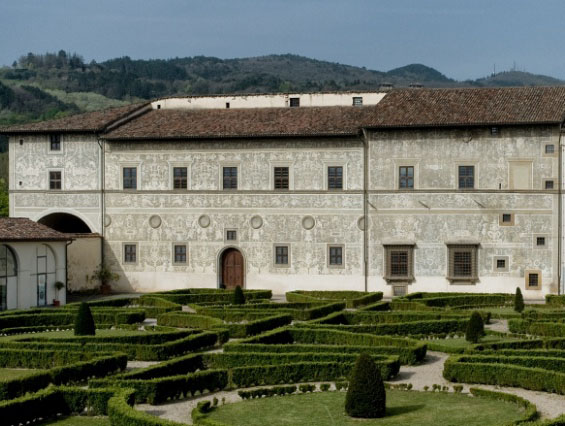

Umbria is a magnificent region of which Perugia is the center, but also its surroundings are beauties to visit at least once in a lifetime. Let’s start from Assisi whose beating heart are the places of San Francesco where you can admire the masterpieces of Giotto and Simone Martini, the Pinacoteca Civica, the Tempio della Minerva and the scenic Piazza del Comune. It is impossible not to mention Gubbio which over the years has preserved its medieval appearance as well as Perugia. The town, in fact, has five parallel streets connected to each other through steps, alleys and stairs. If you are fascinated by the villages you can not miss Spello with its best preserved Roman walls in Italy, Montefalco home of Sagrantino and Bevagna with its extraordinary square, medieval palaces and craft shops. Last, but not least, Monte Castello di Vibo of which we recommend a visit to the smallest theater in Europe, a jewel unknown to many that deserves to be supported.


